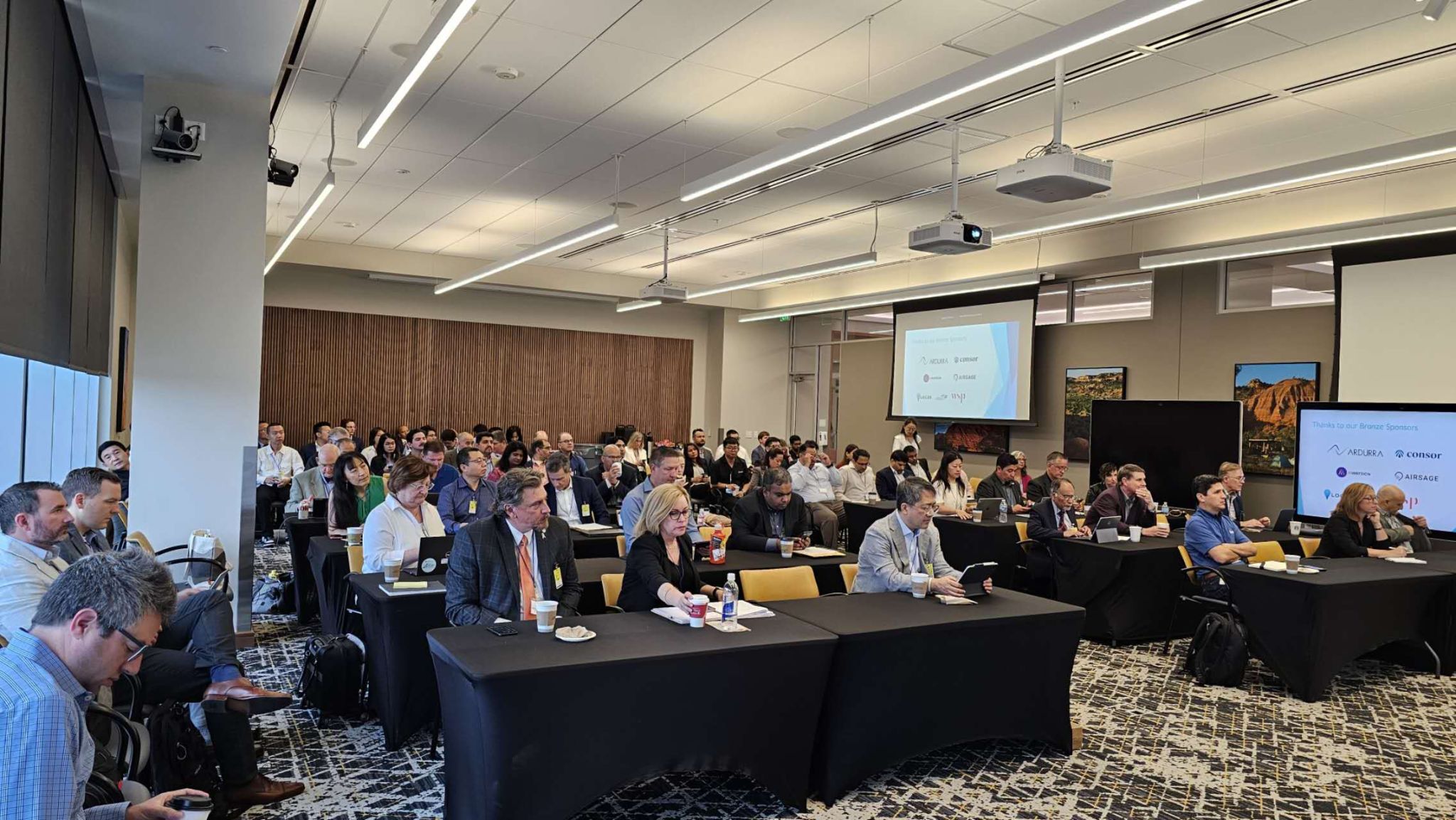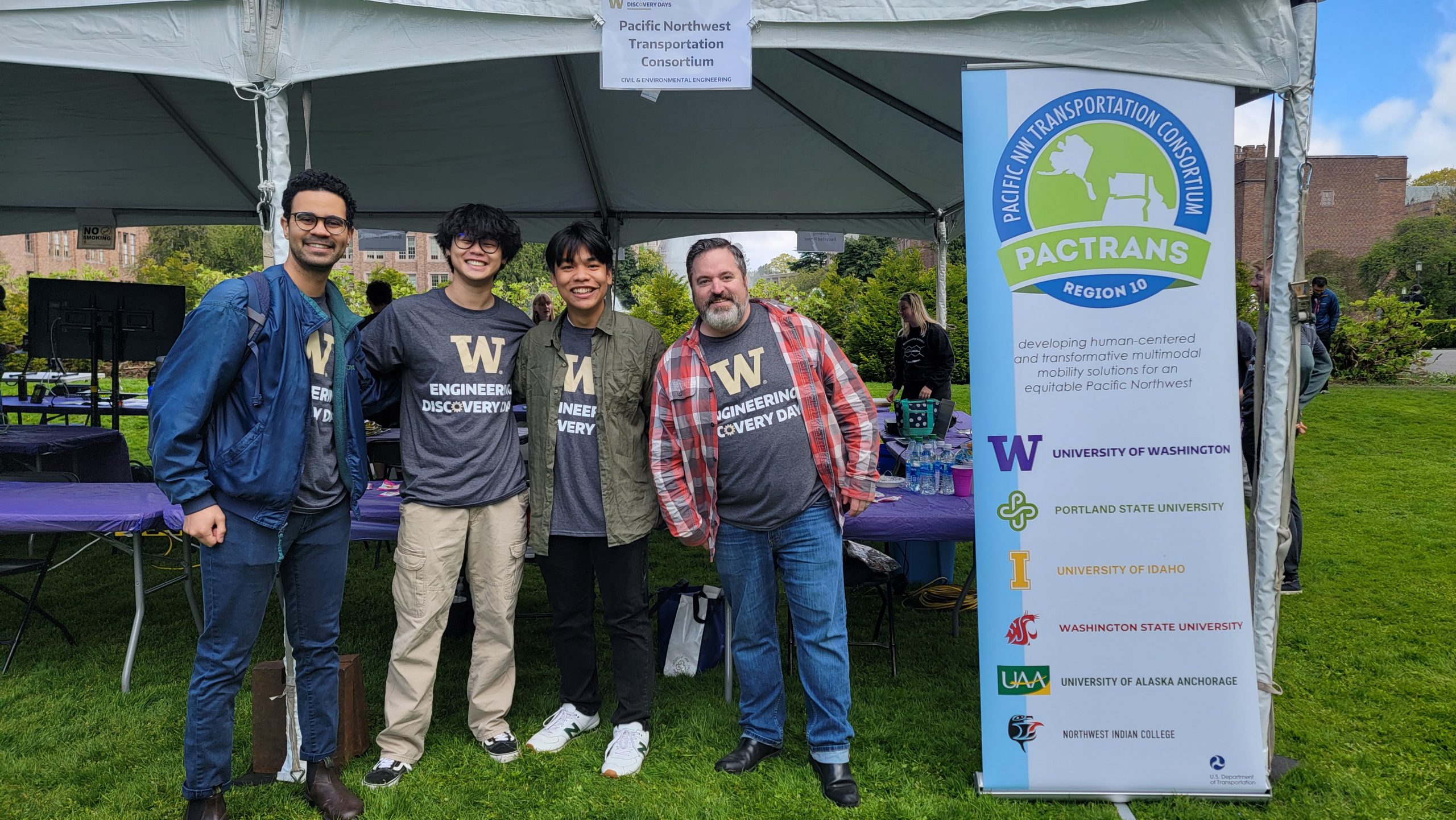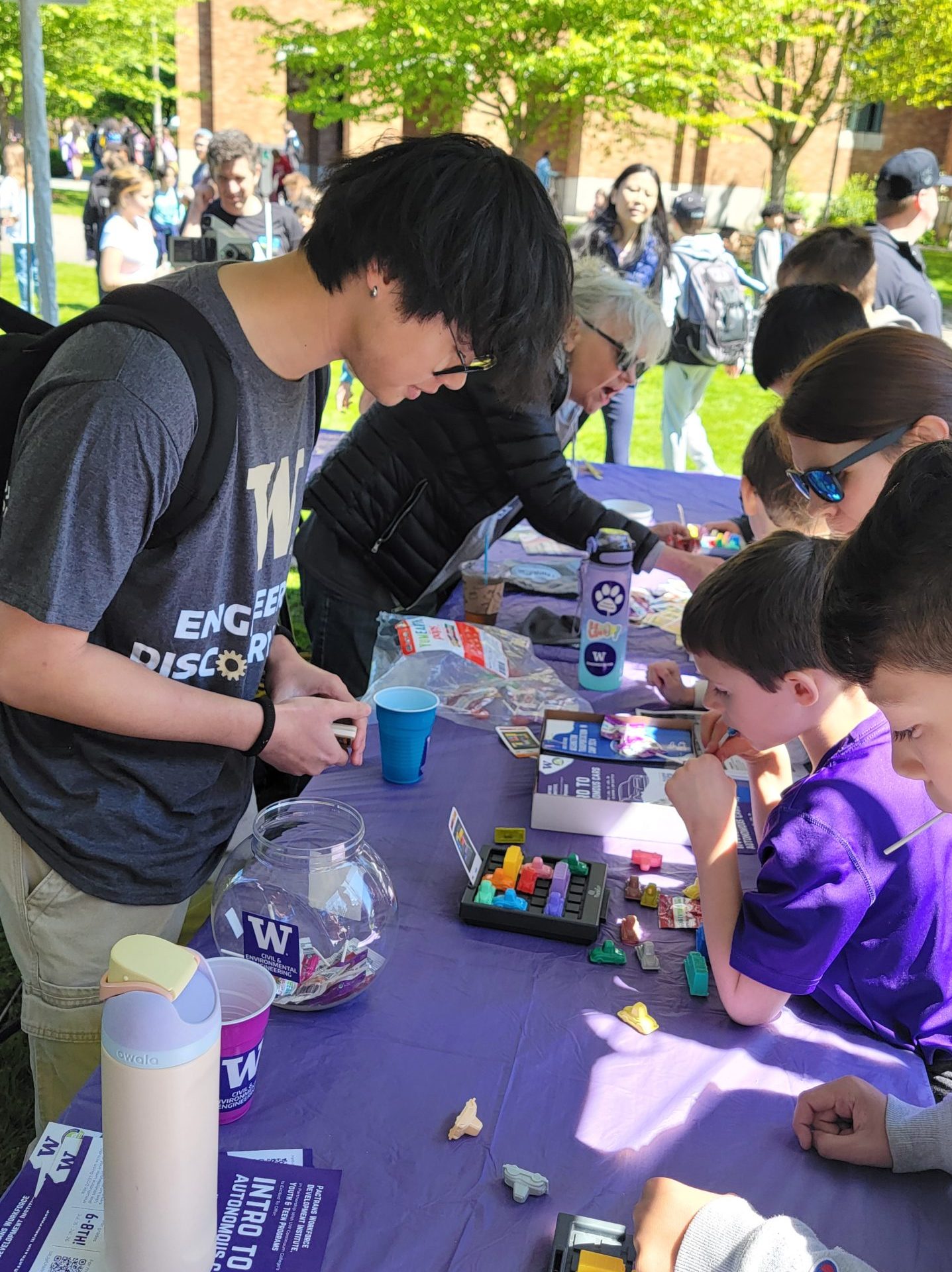PacTrans News
-
June 5, 2024
Meet 2024-2025 PacTrans Fellow: Pranav Manem

Today we’re spotlighting Pranav Manem, one of our upcoming 2024-2025 PacTrans Graduate Fellows starting in Fall 2024. Pranav has always been a problem-solver whether it was as a consultant, product manager, or acro yoga-enthusiast! He wants to bring that type of creative thinking when it comes to the development of public and multi-modal forms of transit for sustainability, health and economic reasons. Congrats on starting yout Transportation Masters with our consortium partner, University of Washington.
-
June 4, 2024
RECAP – AI in Motion: Shaping the Future of Mobility & Safety Symposium

On May 15-17, 2024, the Texas Department of Transportation hosted the AI in Motion Symposium: Shaping the Future of Mobility & Safety in Austin, Texas. PacTrans, in collaboration with TTI and Region 6 UTC (Southern Plains Transportation Center), co-organized the event, drawing over 150 participants passionate about transportation AI.
-
June 1, 2024
Welcome to PacTrans, Graduate Fellows 2024-2025!

As part of our mission to cultivate the next generation of transportation professionals, PacTrans universities offer fellowships to students seeking advanced degrees in transportation-related fields. In addition to receiving a quality education, fellows also participate in an internship, allowing for their knowledge obtained in the classroom to be supplemented with practical knowledge of the transportation industry.
So without further a do, congratulations to this year’s fellows: Adam Schulze, Laura Baddeley, Peter Yu, Aaron Wang, Avi Bose, and Pranav Manem. Look out for their individual spotlights soon!
-
May 6, 2024
Showcasing WDI Student Programs at Engineering Discovery Days

Last Friday, on May 3, 2024, PacTrans shared our Workforce Development Institute (WDI) initiatives at Engineering Discovery Days held at the University of Washington (UW). At Engineering Discovery Days, students and faculty from all UW engineering departments share their work with upwards of 10,000 students, teachers, families and the community.

Our operations team, combined with volunteers from the PacTrans fellowship program, had a great time informing visitors about the PacTrans mission and WDI summer programs for students. The programs shared were:
In this course, students learn about important topics related to autonomous vehicles (AVs) and the supporting infrastructure, and work with a team to build their own AV using LEGO Education SPIKE Prime Kits. We’ll discuss specific topics related to AVs, such as connected technology, sensing and data collection, traffic system control, electrification and more. Students practice integrating sensors, algorithms and a computing unit to automate vehicle movements. Students also take field trips to on-campus labs and hear from UW researchers and scientists. Co-sponsored by UW Youth & Teen Programs.
Washington Transportation Camp
Washington Transportation Camp is a FREE 6-day/5-night residential summer camp that will give highly motivated Washington state high school students the opportunity to explore the wonderful world of transportation through classes, lab tours, field trips, and student-led projects. Co-sponsored by the Washington State Department of Transportation (WSDOT).
Here are some quotes from our volunteers:
It was such a pleasure to see UW campus alive with so many young students eager to learn about engineering. Watching students attempt the hardest levels in our Rush Hour game, then seeing the joy on their face as they succeed reinforces why I enjoy teaching so much, and I hope to see many of these students at future summer camps to learn more about transportation.
–– Ryan Avery, PacTrans Interim Assistant Director
It was great to see so many young students enthusiastic about engineering and watching them engage with all the different activities. My favorite thing was engaging in conversations about transportation and engineering with these students. I believe that it is important to have events like these to engage the future generation in engineering.–– Jonah Lorica, PacTrans Graduate FellowEngaging with the students was the best part! I loved playing games with them and answering any of their questions about transportation. It couldn’t have been a better day either. We got to be outside with the perfect PNW view.
–– Kristine Pham, PacTrans Marketing & Communications Specialist

-
April 25, 2024
Join us for the PacTrans Regional Spring Transportation Seminar with Petros Ioannou
On Tuesday, May 14, join us for our Spring Regional Transportation Seminar titled “Control of Vehicles and Traffic for Safety, Mobility, and Efficiency” with guest Professor Petros Ioannou.
Watch the Livestream Here.


